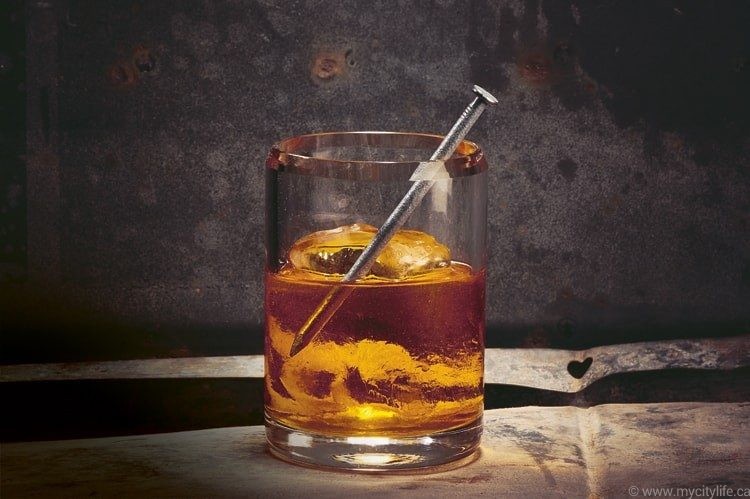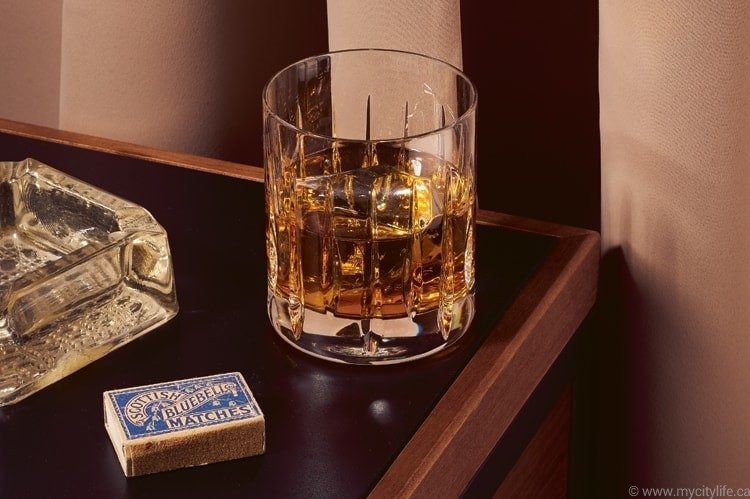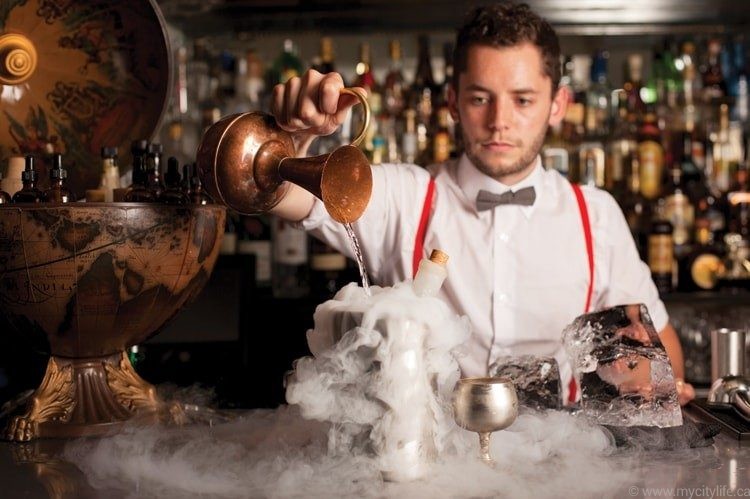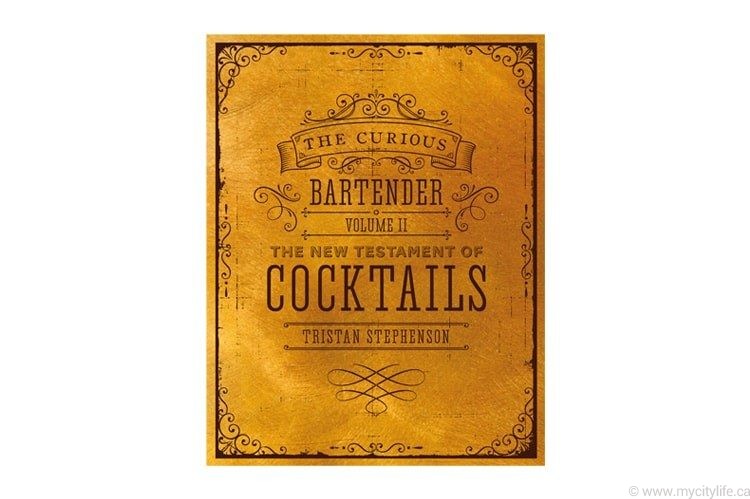Rusty Nail
Take a big lump of ice, pop it in a rocks glass, then pour the whisky and Drambuie over the top and stir well for a minute. That’s it.
Written By Tristan Stephenson
Excerpted from The Curious Bartender, Vol. 2: The New Testament of Cocktails by Tristan Stephenson.
If you can’t make a Rusty Nail taste good it’s probably time to give up on this mixology thing. After all, a drink that comprises only two ingredients, where one of them is Scotch whisky and the other is Scotch whisky that’s been sweetened and had herbal flavours added to it, ought to be simple enough to balance to anyone’s palate. Like it sweeter? Add more Drambuie. Like it dryer? Use less Drambuie. Only those people born with a complete inability to understand why they do or do not like a flavour or with an inability to change things appropriately will stand a chance at messing this one up.
So what is this Drambuie stuff? In the most basic sense it’s a whisky liqueur, flavoured with heather honey, a bunch of other herbs and exotic spices. The name Drambuie is derived from the Scots Gaelic an dram buidheach and means “the drink that satisfies.” By the light of an open fire on a cold Scottish evening, it’ll do just that.
The accepted history of this product is a tale of Scottish spirit seasoned liberally with various fantastical components. It begins with Bonnie Prince Charlie (Charles Edward Stuart), a.k.a. the Young Pretender, whose failed Jacobite uprising of 1745 left him in exile on the Isle of Skye rather than sitting on the thrones of England, Scotland, Ireland and France. With little left to occupy his time, Charlie became acquainted with the noble arts of wenching and drinking—French brandy being his preferred tipple. As was common among the nobility of that time, Bonnie Prince Charlie had his own recipe for a curative liqueur, which would have been formulated for him by a personal physician or apothecary. The story goes that Charles shared the recipe for his tonic with his friend Captain John MacKinnon in 1746, though Drambuie’s testimony on this matter has changed at least twice over the years. Early 19th-century advertising states it was “a follower of Prince Charlie” that brought the spirit to Scotland, then later a “gentleman of the bodyguard of Prince Charlie.”
The truth is that nobody really knows how John MacKinnon came to acquire the recipe, but most people agree that it was probably brandy-based in the first instance. The recipe remained a MacKinnon family secret for some 150 years, then was passed on to the Ross family who ran the Broadford Hotel on the Isle of Skye. The Rosses registered the trademark for Drambuie in 1893. Production later moved to Edinburgh and the company was bought by Malcolm MacKinnon (no relation to the other MacKinnons in this tale), in whose family it has remained ever since.
These days, Drambuie has a reputation for being a divisive liqueur. I have friends and colleagues who love it and others who hate it, but very few who sit on the fence. The general rule of thumb, so much as I can tell, is if you’re not averse to very sweet things, you will get along with it just fine. This, then, is where the Rusty Nail comes into its own. A simple tweak of the ratios will get you where you want to be in terms of sweetness and herbal lift.
Photographs by Addie Chinn
Illustrations by Selina Snow. Used with permission from Ryland Peters & Small
















































































No Comment